
Plastic vacuum forming, also known as termoform1, is a versatile manufacturing process that shapes heated plastic sheets into custom products using vacuum suction. This process is widely used across industries like packaging, automotive, medical, and construction due to its cost-effectiveness, especially for small to medium production runs. In the Netherlands, several factories excel in this technology, offering specialized services from prototyping to large-scale production.
The Netherlands is home to leading plastic vacuum forming2 factories that provide custom solutions for diverse industries3, leveraging advanced technology and sustainable practices.
Understanding the capabilities of these factories and the vacuum forming process can help businesses make informed decisions when selecting a manufacturing partner. This guide explores the top five factories, delves into the technical aspects of vacuum forming, and provides practical insights for leveraging this technology.
Vakumlu şekillendirme yüksek hacimli üretim için idealdir.Yanlış
While cost-effective for small to medium runs, vacuum forming may not be as economical as other methods like injection molding for very high volumes.
Vacuum forming can produce complex geometries with high precision.Yanlış
Vacuum forming is best suited for simpler shapes; complex geometries often require additional processes or different technologies.
- 1. What are the Top 5 Plastic Vacuum Forming Factories in the Netherlands?
- 2. What is Plastic Vacuum Forming and How Does it Work?
- 3. What are the Typical Applications of Plastic Vacuum Forming?
- 4. What are the Pros and Cons of Plastic Vacuum Forming?
- 5. What is the Process Workflow for Plastic Vacuum Forming?
- 6. What Materials are Compatible with Plastic Vacuum Forming?
- 7. What are the Key Design Considerations for Plastic Vacuum Forming?
- 8. How to Choose the Right Plastic Vacuum Forming Factory?
- 9. What are the Related Technologies to Plastic Vacuum Forming?
- 10. Sonuç
What are the Top 5 Plastic Vacuum Forming Factories in the Netherlands?
The Netherlands boasts several reputable plastic vacuum forming factories4 known for their expertise, innovation, and customer-centric services. Below are the top five factories, selected based on their experience, capabilities, and industry reputation.

The top five plastic vacuum forming factories in the Netherlands are Jansen Thermoforming, Plastica Thermoforming, Batelaan Kunststoffen, HEKU Kunststoffen B.V., and Polymess B.V., each offering unique strengths in custom solutions and sustainability.
| Factory Name | Experience (Years) | Key Services | Industries Served |
|---|---|---|---|
| Jansen Thermoforming | N/A | Custom vacuum forming, in-house mold-making, CNC finishing | Packaging, Construction, Medical |
| Plastica Thermoforming | 79 | Prototyping, high-volume production, 5-axis CNC milling | Automotive, Medical, Lighting |
| Batelaan Kunststoffen | 60+ | Custom covers, trays, displays, CNC machining | Machine Covers, Displays |
| HEKU Kunststoffen B.V. | Since 1983 | Precision vacuum forming, CNC machining | Sports, Automotive, Construction |
| Polymess B.V. | 40+ | Vacuum forming, CNC frezing, mold-making | Packaging, Industrial Parts |
1. Jansen Thermoforming
- Website: Jansen Thermoforming
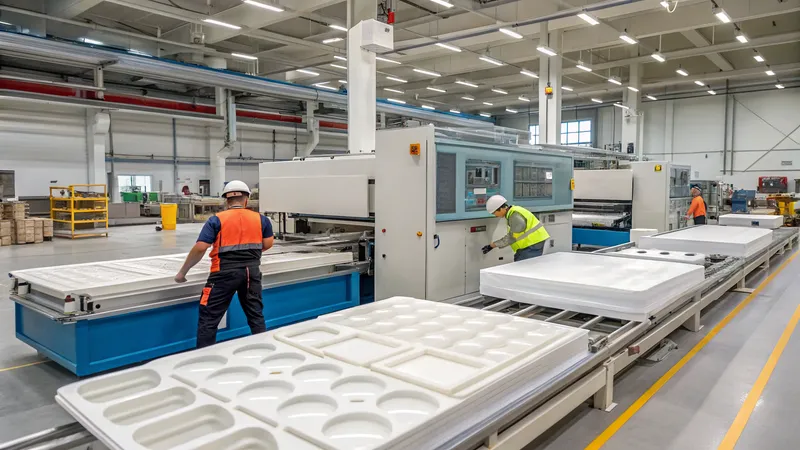
-
Overview: Specializes in medium to large vacuum-formed products with a focus on sustainability, using 76% recycled plastic.
-
Key Services: Co-creation, mold-making, CNC finishing, and customization in colors and finishes.
-
Uygulamalar: Products like Less2care, Roll Rib, Safetywall, and Sanitrax.
-
Strengths: Sustainable practices and comprehensive in-house capabilities.
2. Plastica Thermoforming
- Website: Plastica Thermoforming
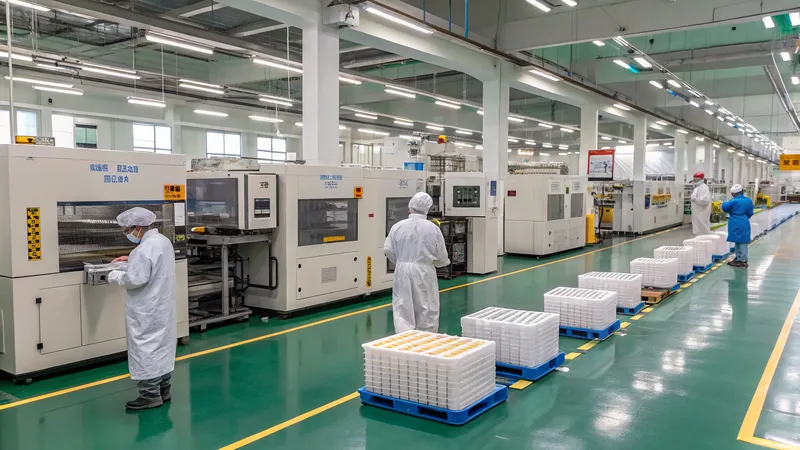
-
Overview: With 79 years of experience, it offers end-to-end solutions from prototyping to high-volume production.
-
Key Services: Concept phase, test phase, production phase, 5-axis CNC milling, and assembly.
-
Uygulamalar: Automotive, appliance manufacturing, lighting, and medical sectors.
-
Strengths: Extensive experience, modern machinery, and sustainability focus.
3. Batelaan Kunststoffen
- Website: Batelaan Kunststoffen
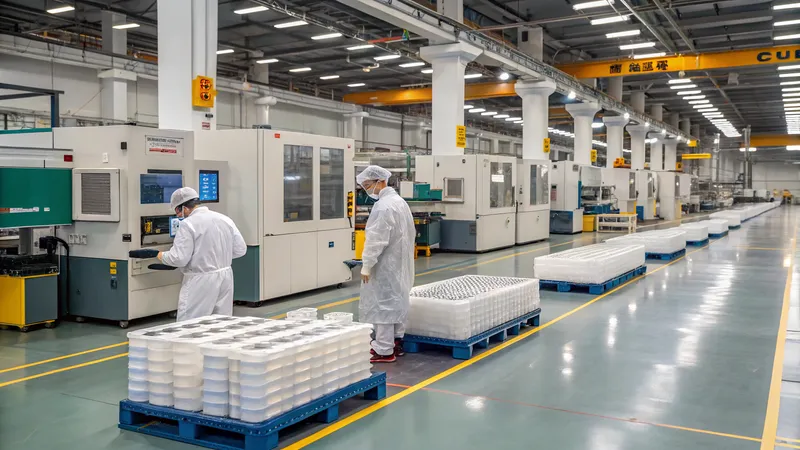
-
Overview: Over 60 years of expertise in custom vacuum forming5 and thermoforming.
-
Key Services: Vacuum forming, CNC machining, mold-making, and long-term partnership support.
-
Uygulamalar: Machine covers, pick-and-place trays, displays, and technical components.
-
Strengths: Long-standing expertise and energy-efficient operations.
4. HEKU Kunststoffen B.V.
-
Website: HEKU Kunststoffen
-
Overview: Specializes in precision vacuum forming with advanced technology since 1983.

-
Key Services: Vacuum forming, CNC machining, and finishing for sheets up to 1850 x 1350 mm.
-
Uygulamalar: Sports equipment, automotive parts, aircraft components, and construction products.
-
Strengths: Precision forming and flexibility in project handling.
5. Polymess B.V.
-
Website: Polymess B.V.
-
Overview: Over 40 years of experience serving 500+ applications with advanced technology.
-
Key Services: Vacuum forming, CNC frezing, mold-making, and design consultation.
-
Uygulamalar: Packaging, technical components, and industrial parts.
-
Strengths: Advanced technology and ISO certifications for quality assurance.
Jansen Thermoforming is the only factory focusing on sustainability.Yanlış
While Jansen emphasizes sustainability, other factories like Plastica Thermoforming also prioritize eco-friendly practices.
All top factories offer in-house mold-making services.Doğru
Each of the top five factories provides in-house mold-making, ensuring control over the entire production process.
What is Plastic Vacuum Forming and How Does it Work?
Plastic vacuum forming, or thermoforming, is a manufacturing process that heats a plastic sheet until it becomes pliable, then uses a vacuum to shape it over a mold. Once cooled, the formed part is trimmed and finished as needed.
Plastic vacuum forming heats a termoplastik levha6, molds it using vacuum suction7, and cools it to create custom shapes, ideal for packaging, automotive, and medical applications.

Definitions
-
Plastic Vacuum Forming (Thermoforming): A process where a thermoplastic sheet is heated, stretched over a mold, and shaped using vacuum suction.
-
Full Technical Name: Thermoforming or Vacuum Forming
- Common Aliases: Vacuum Forming, Dieptrekken (Dutch)
- Core Principles: Heating, vacuum forming, cooling, and trimming.
Sınıflandırma
- Sürece göre:
- Single Station Vacuum Forming: Basic process using one mold.
- Twin Sheet Forming: Two sheets formed simultaneously for hollow parts.
- Pressure Forming: Uses additional pressure for finer details.
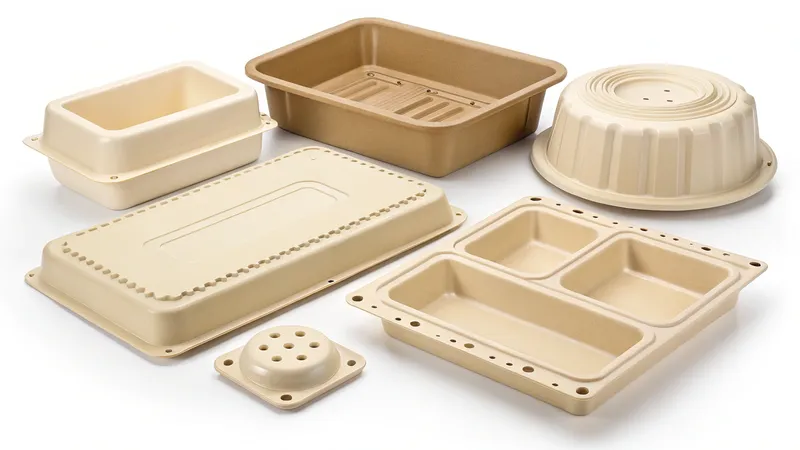
-
Malzemelerle:
- Amorphous Thermoplastics: ABS, PVC, PETG (easier to form, good detail retention).
- Semi-Crystalline Thermoplastics: PP, PE (higher temperature resistance, harder to form).
-
Uygulamalara göre:
- Packaging (blisters, clamshells)
- Automotive (dashboards, interior panels)
- Medical (sterile trays, device casings)
- Consumer Goods (toys, electronics housings)
Vacuum forming can only be used with amorphous thermoplastics.Yanlış
While amorphous thermoplastics are easier to form, semi-crystalline thermoplastics like PP and PE can also be used with proper temperature control.
Twin sheet forming is the most common vacuum forming process.Yanlış
Single station vacuum forming is more widely used due to its simplicity and lower cost.
What are the Typical Applications of Plastic Vacuum Forming?
Plastic vacuum forming is favored for its versatility and cost-effectiveness in producing custom plastic parts across various industries.
Typical applications of plastic vacuum forming include packaging, automotive components, medical trays, and construction materials, leveraging its ability to create lightweight, durable parts.

Paketleme
-
Blister Packs and Clamshells: Ideal for retail packaging due to transparency and custom shapes.
-
Trays and Inserts: Used for organizing and protecting products during shipping.
Otomotiv
-
Interior Panels: Dashboards, door panels, and trim parts made from durable materials like ABS.
-
Exterior Components: Bumpers and fenders for lightweight, impact-resistant parts.
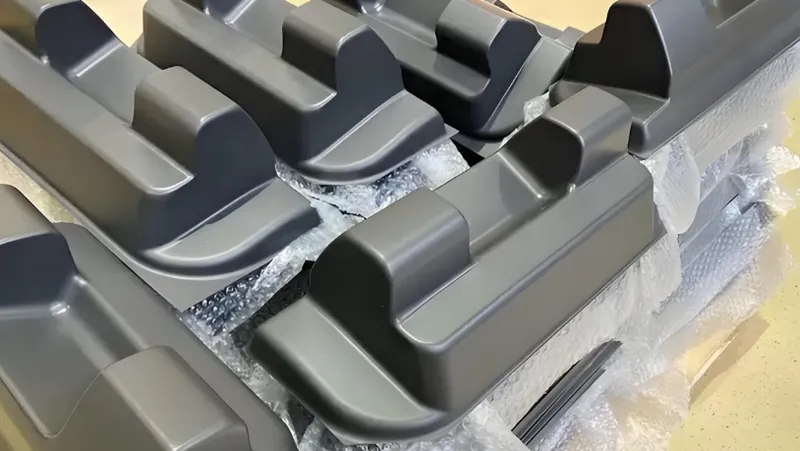
Tıbbi
-
Sterile Trays: Custom trays for surgical instruments and medical devices.
-
Protective Casings: Housings for diagnostic equipment and implants.
İnşaat
-
Formwork and Signage: Large, lightweight panels for temporary structures and displays.
-
Protective Covers: Custom covers for machinery and equipment.
Vacuum forming is primarily used for packaging applications.Yanlış
While packaging is a major application, vacuum forming is also extensively used in automotive, medical, and construction industries.
Vacuum forming can produce parts with high impact resistance.Doğru
Materials like ABS and polycarbonate used in vacuum forming offer excellent impact resistance, making them suitable for automotive and protective applications.
What are the Pros and Cons of Plastic Vacuum Forming?
Understanding the advantages and limitations of vacuum forming helps in deciding when to use this process over alternatives like injection molding or blow molding.
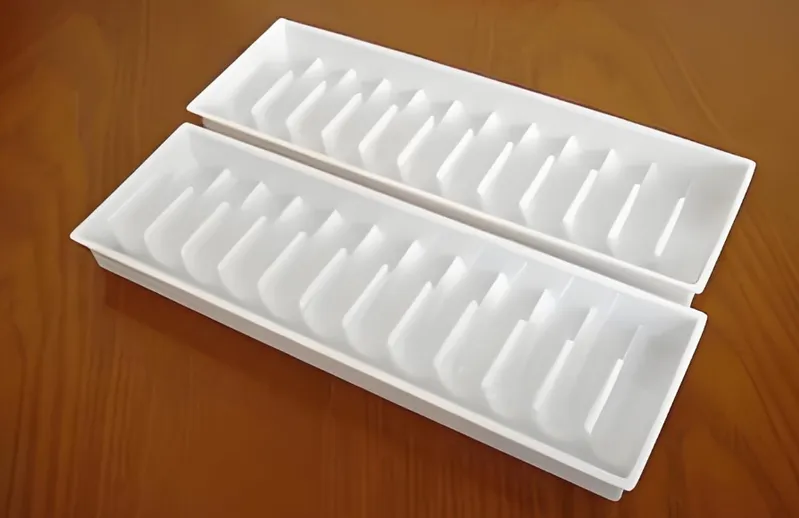
Plastic vacuum forming offers düşük takım maliyetleri8 and quick turnaround but is limited in precision and complexity compared to other manufacturing methods.
| Aspect | Artıları | Eksiler |
|---|---|---|
| Maliyet | Low tooling costs; economical for small to medium runs. | Higher per-unit cost for very large volumes. |
| Hız | Fast prototyping and production cycles. | Slower for complex parts requiring secondary operations. |
| Versatility | Works with a wide range of thermoplastics. | Limited to single-sided forming; complex geometries need extra steps. |
| Hassasiyet | Suitable for large, simple shapes. | Less precise than injection molding; looser tolerances. |
Vacuum forming is the most cost-effective process for all production volumes.Yanlış
For very high volumes, injection molding may be more cost-effective due to lower per-unit costs.
Vakum şekillendirme, enjeksiyon kalıplama ile aynı detay seviyesine ulaşabilir.Yanlış
Injection molding allows for finer details and tighter tolerances, while vacuum forming is better for larger, simpler shapes.
What is the Process Workflow for Plastic Vacuum Forming?
The vacuum forming process involves several key steps, each critical to achieving the desired part quality and performance.
The plastic vacuum forming process includes malzeme seçimi9, kalıp tasarımı10, heating, forming, cooling, trimming, and finishing, with each step influencing the final product's quality.
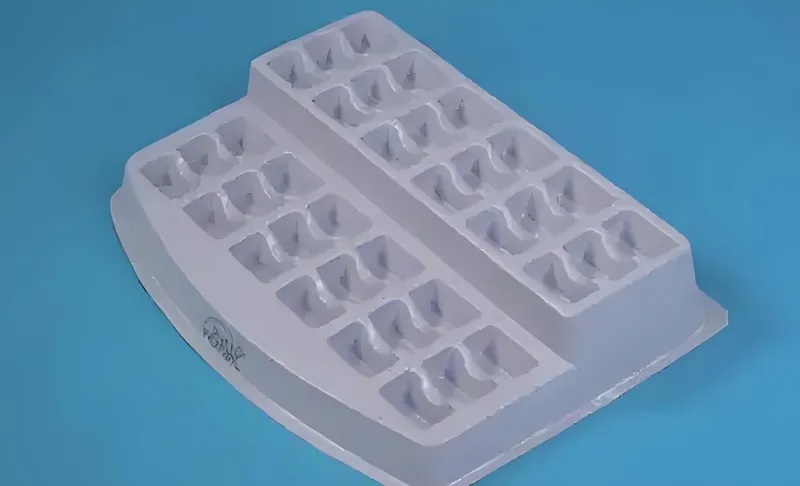
1. Malzeme Seçimi
- Choose a thermoplastic based on application needs (e.g., ABS for durability, PETG for transparency).
2. Mold Design
- Create a mold (positive or negative) using materials like aluminum, wood, or 3D-printed resins.
3. Isıtma
- Heat the plastic sheet uniformly to its forming temperature using ovens or infrared heaters.
4. Şekillendirme
- Place the heated sheet over the mold and apply vacuum suction to shape it. Plug assists may be used for deeper draws.

5. Soğutma
- Cool the formed part on the mold to maintain its shape.
6. Kırpma
- Remove excess material using CNC or manual trimming.
7. Bitirme
- Apply painting, printing, or assembly as needed.
Mold design is the most critical step in vacuum forming.Doğru
The mold determines the final shape and quality of the part, making it a crucial aspect of the process.
All vacuum forming processes require plug assists.Yanlış
Plug assists are only necessary for deeper draws or complex shapes to ensure uniform material distribution.
What Materials are Compatible with Plastic Vacuum Forming?
Material selection is vital in vacuum forming, as different thermoplastics offer unique properties that affect the final product's performance.
Common materials for plastic vacuum forming include ABS, PVC, PETG, PP, and PE, each chosen for specific properties like durability, transparency, or chemical resistance.

Amorphous Thermoplastics
-
ABS: High impact resistance, easy to form, used in automotive and consumer goods.
-
PVC: Cost-effective, ideal for packaging like blister packs.
-
PETG: Transparent, used in medical and display applications.
Semi-Crystalline Thermoplastics
-
PP: Chemical resistance, used in automotive and industrial parts.
-
PE: Flexible, common in packaging and liners.

Material Impacts
-
Forming Temperature: Amorphous plastics form at lower temperatures (e.g., 120-180°C for ABS) than semi-crystalline ones (e.g., 160-220°C for PP).
-
Shrinkage: Semi-crystalline plastics shrink more, affecting dimensional accuracy.
-
Optical Properties: Amorphous plastics like PETG provide better clarity for transparent applications.
ABS, vakumlu şekillendirmede en yaygın kullanılan malzemedir.Doğru
ABS is favored for its balance of strength, ease of forming, and cost-effectiveness, making it popular across industries.
Semi-crystalline plastics are unsuitable for vacuum forming.Yanlış
While more challenging to form due to higher shrinkage, semi-crystalline plastics like PP and PE are used for their specific properties.
What are the Key Design Considerations for Plastic Vacuum Forming?
Designing for vacuum forming requires attention to specific details to ensure the part can be successfully formed and meets functional requirements.
Key design considerations for plastic vacuum forming include draft angles, uniform thickness, and avoiding undercuts to ensure easy mold release and consistent quality.
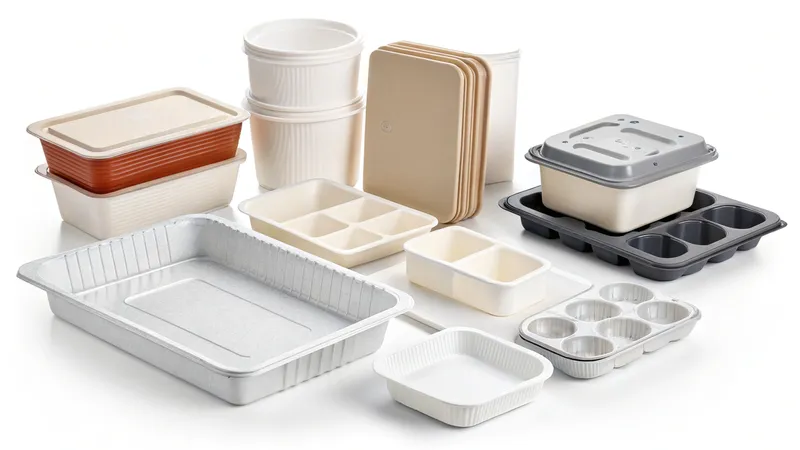
Tasarım Kontrol Listesi
-
Include draft angles (2-5°) for easy mold release.
-
Avoid undercuts unless secondary operations are planned.
-
Ensure uniform material thickness; deep draws may require plug assists.
-
Use radiuses instead of sharp corners to improve material flow.
-
Verify design compatibility with the chosen material’s properties (e.g., flexibility, clarity).
Draft angles are optional in vacuum forming designs.Yanlış
Draft angles are essential for easy mold release and to prevent part damage during demolding.
Undercuts can be easily incorporated in vacuum forming.Yanlış
Undercuts require additional mold features or secondary operations, increasing complexity and cost.
How to Choose the Right Plastic Vacuum Forming Factory?
Selecting the right factory involves evaluating their capabilities, experience, and alignment with your project’s specific needs.
Choose a plastic vacuum forming factory based on their experience, material expertise, production capacity, and ability to meet your customization and sustainability requirements.
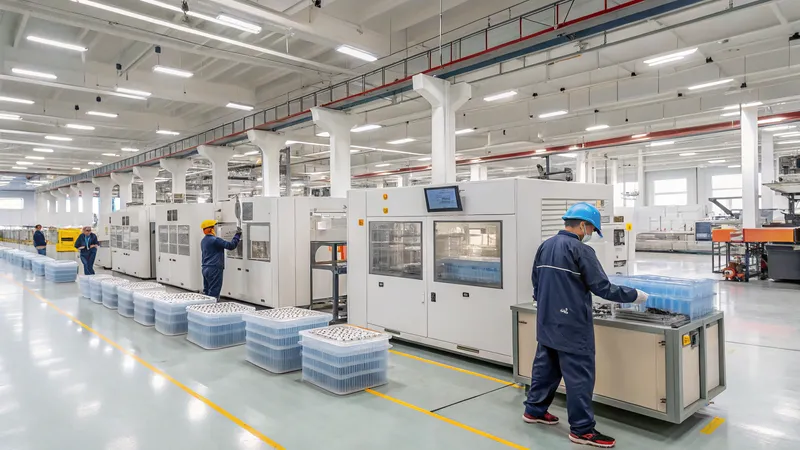
Decision-Making Prompts
-
Üretim Hacmi: Is your project low to medium volume? → Yes → Vacuum Forming
-
Karmaşıklık: Does the part have simple geometries? → Yes → Vacuum Forming
-
Hassas: Is high precision required? → No → Vacuum Forming
-
Sustainability: Does the factory prioritize eco-friendly practices? → Yes → Consider factories like Jansen or Plastica Thermoforming
All vacuum forming factories offer the same level of customization.Yanlış
Factories vary in their capabilities, with some offering more advanced customization options like in-house mold-making and finishing.
Experience is the most important factor when choosing a factory.Doğru
Experienced factories are more likely to deliver consistent quality and handle complex projects effectively.
What are the Related Technologies to Plastic Vacuum Forming?
Understanding related technologies helps in seeing how vacuum forming fits into the broader manufacturing landscape and when to consider alternatives.
Related technologies to plastic vacuum forming include injection molding, blow molding, and rotational molding, each suited for different production volumes and part complexities.
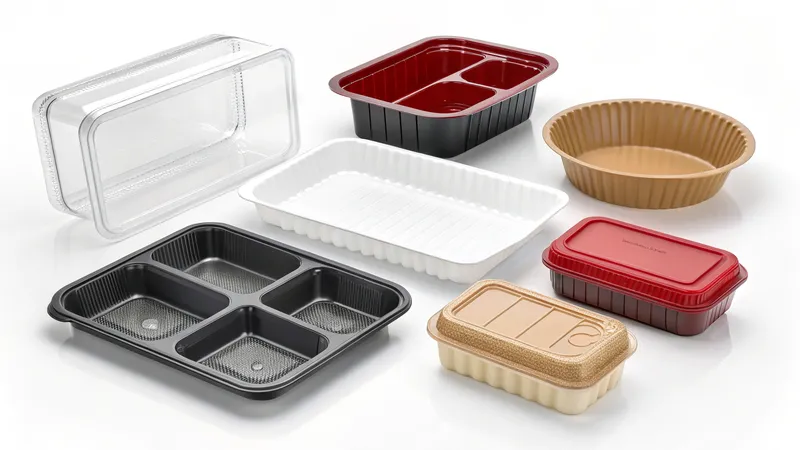
Upstream Teknolojileri
-
Plastic Sheet Extrusion: Produces raw thermoplastic sheets used in vacuum forming.
-
Mold Making: Involves CNC machining or 3D printing to create molds.
Downstream Teknolojileri
-
CNC Trimming: Finishes vacuum-formed parts for precise dimensions.
-
Assembly and Packaging: Integrates parts into final products.
-
Surface Finishing: Includes painting, printing, or texturing.
Complementary Technologies
-
Enjeksiyon Kalıplama: For high-volume, precise parts.
-
Şişirme Kalıplama: For hollow parts like bottles.
-
Rotasyonel Kalıplama: For large, hollow items like tanks.
Vacuum forming is the only process for creating custom plastic parts.Yanlış
Other processes like injection molding and blow molding are also used, depending on the part’s requirements and production volume.
CNC trimming is essential for all vacuum-formed parts.Yanlış
While often used for precision, some parts may not require trimming or can be manually trimmed.
Sonuç
The Netherlands is a hub for advanced plastic vacuum forming factories, with Jansen Thermoforming, Plastica Thermoforming, Batelaan Kunststoffen, HEKU Kunststoffen B.V., and Polymess B.V. leading the industry. These factories offer a range of services from prototyping to large-scale production, catering to diverse sectors like packaging, automotive, and medical. By understanding the vacuum forming process, material options, and design considerations, businesses can effectively leverage these factories’ capabilities to create custom plastic products.
For those looking to engage with these factories, consider your project’s specific needs—such as production volume, material requirements, and sustainability goals—and reach out directly for consultations and quotes.
-
Learn about the thermoforming process and its applications to see how it can benefit your business. ↩
-
Explore this link to understand how plastic vacuum forming can enhance your manufacturing processes and product quality. ↩
-
Discover how custom solutions can meet specific industry needs and improve efficiency in production. ↩
-
Explore this link to discover the leading factories specializing in plastic vacuum forming, known for their innovation and customer service. ↩
-
Learn about custom vacuum forming, its processes, and applications in various industries to understand its significance. ↩
-
Learn about thermoplastic sheets and their significance in manufacturing processes, enhancing your knowledge of material selection. ↩
-
Discover the mechanics of vacuum suction in forming processes, crucial for understanding how shapes are created efficiently. ↩
-
Learn how low tooling costs can make manufacturing more accessible and economical, especially for small to medium production runs. ↩
-
Choosing the right material is crucial for the performance and durability of the final product; explore this link to make informed decisions. ↩
-
Effective mold design is key to achieving high-quality parts; learn more about best practices to enhance your manufacturing process. ↩








